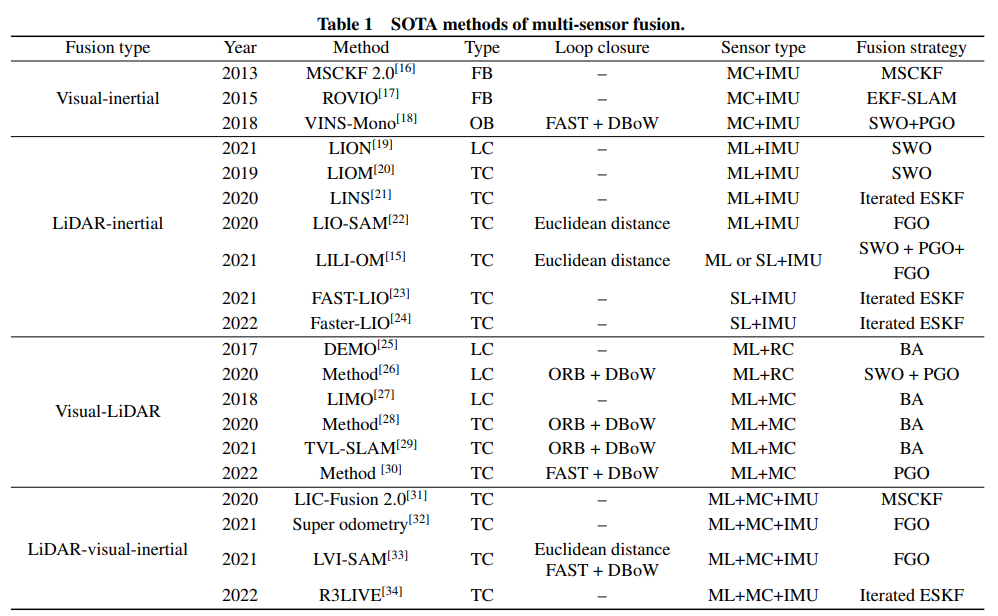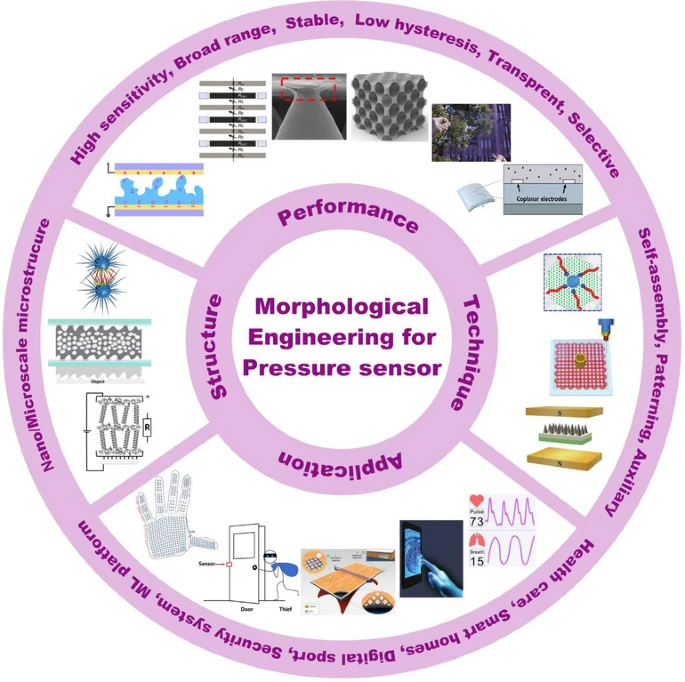Overview
As vehicles transition to electric powertrains, end users are placing less emphasis on traditional metrics like engine horsepower and more on smart interior features. This trend is driving OEMs to enhance the in-cabin experience to add value and differentiate their products.
Regulatory initiatives such as Euro NCAP have accelerated adoption of driver monitoring systems (DMS), which are moving from a luxury option to a regulatory requirement. By early 2024, most DMS implementations used 2D near-infrared (NIR) cameras due to their relatively low cost, and adoption is expected to grow further.
To achieve further differentiation, advanced features such as gesture control, child presence detection (CPD), and seatbelt detection are increasingly used, particularly in mid-to-high-end models. 3D time-of-flight (ToF) cameras are widely used for DMS, and some manufacturers are integrating them into in-cabin radar modules.

IMS, DMS and OMS
In-cabin sensing, referred to as internal monitoring systems (IMS), includes driver monitoring systems (DMS) and occupant monitoring systems (OMS). DMS implementations commonly use NIR cameras and capacitive or torque-based steering sensors. OMS typically employs ToF cameras and radar, and is aimed at tasks such as eye tracking, EEG/ECG vital-sign monitoring, and gesture recognition.

Market Outlook and Regulation
An analyst at IDTechEx projects the global in-cabin sensing market will exceed $8.5 billion by 2034, driven by upcoming regulations and the rollout of new smart cabin features. Regulation-driven adoption is expected to accelerate wide deployment of DMS. OMS is also growing rapidly but is likely to remain concentrated in mid and high-end vehicles in the mid term. The rise of in-cabin sensing presents opportunities for hardware suppliers (sensors, chips, Tier-1s) and software solution providers.
With improvements in automated driving capability and pending regulations such as the EU General Safety Regulation, mandatory DMS requirements will further expand the combined global DMS and OMS market, which IDTechEx estimates could grow roughly elevenfold from 2020 to 2034.

Regulatory Requirements and the Shift to Vision-Based Monitoring
Under the EU General Safety Regulation, from mid-2024 all newly manufactured M- and N-category vehicles must be equipped with an advanced driver distraction warning (ADDW) system that monitors drivers' eye movements and issues alerts when distraction is detected. Several manufacturers have already implemented attention-monitoring cameras; for example, BMW equipped the X5 with an attention camera as early as 2019.
DMS is not a new concept. Traditional approaches often relied on passive vehicle signals such as lane-keeping data, drive duration, and steering sensors, which tended to produce high false alarm rates. The ADDW requirement signals a transition from passive methods to active, vision-based monitoring.

Technologies for DMS
Multiple technologies can enable DMS, including vision-based sensors, biometric parameters, capacitive sensors, and force or torque sensors. To date, many systems use vision sensors and force/torque sensors to infer driver engagement from steering rotation, lane departure, and irregular throttle input. Examples of production systems include Honda's driver attention monitoring platform, Jaguar Land Rover's driver state monitoring, Mercedes-Benz attention assist, Volvo alert control, and Volkswagen fatigue detection.
Current ADAS suites include lane keeping assist (LKA) and hands-on detection (HOD), but traditional torque sensors can be unreliable. Capacitive sensing is a viable alternative: it monitors changes in steering-wheel capacitance when the driver makes contact, using a single chip connected to an in-wheel sensor.
Capacitive sensing is a mature technology used in touchscreens and touch buttons. Due to its potential for seat and steering-wheel integration, several pilot projects and production vehicles used capacitive sensors as of 2023.
OMS: ToF and Radar
OMS delivers features such as vital-sign monitoring and gesture control, primarily using ToF cameras and/or radar. Examples include the Li Auto L9 ToF camera and a Volvo EX90 radar module. Regulatory bodies such as the US Federal Communications Commission (FCC) are requiring child presence detection systems in new vehicles, which is increasing OMS deployment.

OMS implementations commonly rely on radar and ToF sensors. Several OEMs, including General Motors and Nissan, have integrated OMS into their vehicles. NIR imaging also has potential for rear-seat passenger monitoring. These systems can adjust the cabin in real time, disable airbags for small occupants, or precondition the cabin in the event of a crash.
Other approaches such as EEG and ECG monitoring remain in early-stage development.
Common Sensor Types and Distribution
As of 2023, the three most common sensor types for DMS and OMS are NIR cameras, ToF cameras, and radar, each with distinct advantages and limitations.

By sensor adoption among OEMs in 2023, 38 percent used NIR sensors and 33 percent used a combination of 3D ToF and 2D NIR sensors. Not every model from an OEM includes these sensors; for example, the Volvo EX90 offers an in-cabin radar module only on certain trims.

2D NIR, 3D ToF and Radar: Tradeoffs
In 2023, 2D NIR imaging sensors (e.g., CCD) remained the dominant DMS technology, typically paired with LED illumination and optics. However, growing demand for advanced features such as occupancy detection, child and pet detection, and integrated gesture control is increasing demand for 3D data. Two promising 3D sensing approaches for OMS are radar and 3D ToF cameras.
Current market share between ToF cameras and in-cabin radar modules is roughly balanced, and IDTechEx expects this balance to continue. No single solution has demonstrated a clear technical or cost advantage across all use cases; sensor choice often reflects OEM preference and local regulatory environments.
Radar for the Cabin
Radar has been a key technology in ADAS for decades. Using frequency-modulated continuous wave (FMCW) radio signals, radar can precisely measure distance and relative velocity. Historically used for exterior sensing, radar is now applied inside the cabin for functions such as gesture recognition. With depth information, radar is well suited to DMS and OMS tasks including seat-heating control, seatbelt alert, smart airbag deployment, left-behind occupant alerts, and automatic climate adjustments.
In-cabin radar can resolve sub-millimeter distances and detect micro-movements such as respiration, giving it strong potential for vital-sign monitoring.
In-cabin radar typically operates in the 60 GHz to 64 GHz range within unlicensed ISM bands, with detection ranges of about 0.4 m to 2 m, effectively covering cabin interiors. For example, a manufacturer recently indicated that its Cybertruck pickup will include an in-cabin OMS radar module for child presence detection and seatbelt reminders.
ToF Cameras
3D ToF cameras are also used in OMS, employing NIR illumination sources such as LEDs or vertical-cavity surface-emitting lasers (VCSELs) together with image sensors to capture depth. Although some vendors propose privacy-preserving approaches such as face blurring or on-board-only storage, privacy concerns remain a challenge for camera-based solutions.
DMS and OMS have different requirements for IR LED and VCSEL illumination power and beam distribution.

Compared to radar, ToF cameras cannot detect occupants through occluding materials and rely heavily on computer-vision algorithms and periodic recalibration, which increases implementation complexity. Despite these limitations, vendors continue to improve privacy features and the overall OMS capability of ToF systems.

ToF sensor resolution is critical. Suppliers such as Infineon and Mailaixin have shown significant ToF potential for DMS and OMS. ToF sensors are considerably more expensive than RGB imagers (in-cabin monitoring modules are on the order of $30), but 3D ToF sensors and cameras offer advantages over traditional 2D cameras for many applications.

Outlook
The development of in-cabin sensing is moving toward diversification and sensor fusion. Different sensor technologies have distinct strengths and limitations, and the optimal choice depends on specific application requirements. As technology advances and the market expands, in-cabin sensing is expected to enable more intelligent and safer driving experiences.
 ALLPCB
ALLPCB






